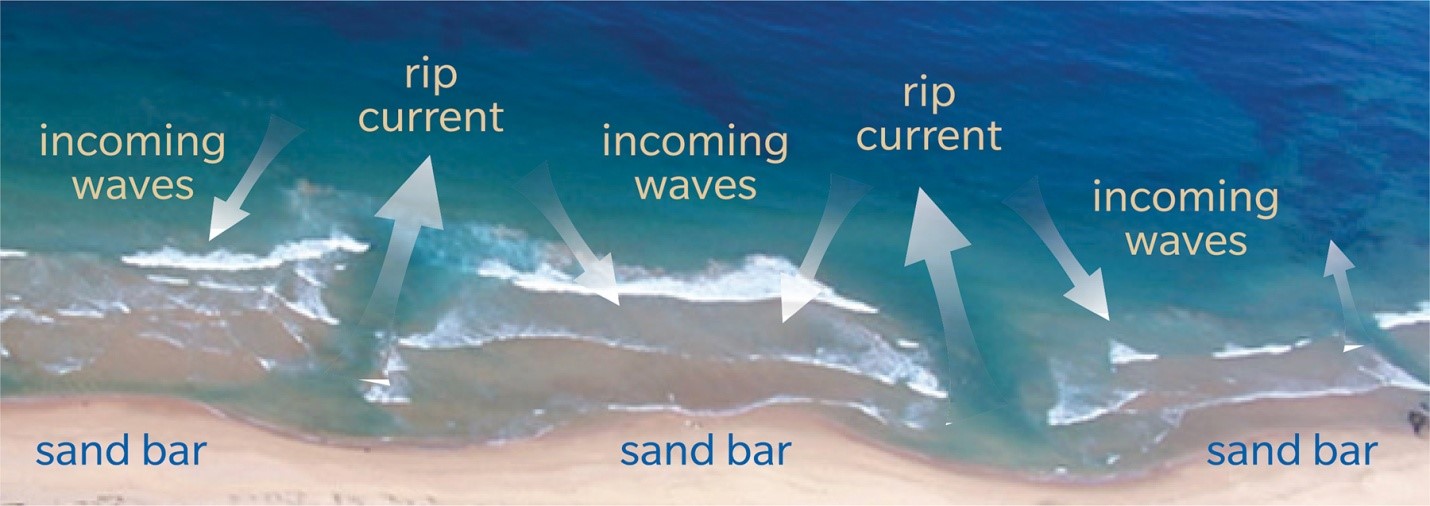Free Courses Sale ends Soon, Get It Now


Free Courses Sale ends Soon, Get It Now



Disclaimer: Copyright infringement not intended.
Context
Indian National Centre for Ocean Information Services (INCOIS) and Indian Space Research Organisation (ISRO) have embarked on a project to continuously monitor and issue operational forecast alerts of rip currents.
Details
Rip current
Undertows and Rip currents
Rip Current Formation
Significance for Study
Conclusion
|
PRACTICE QUESTION What is a rip current?
Answer B |
© 2024 iasgyan. All right reserved